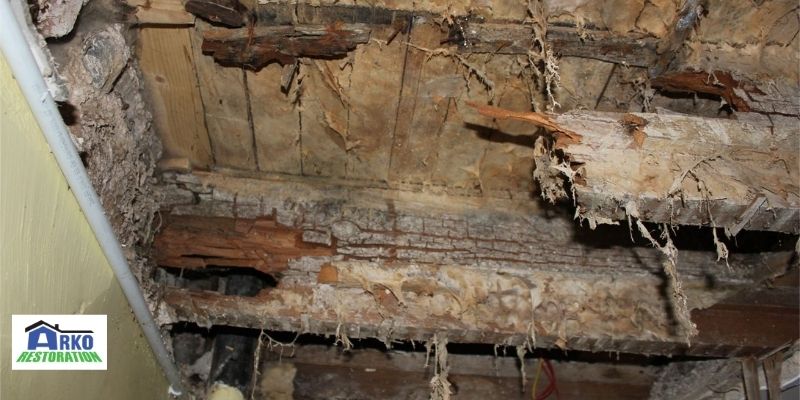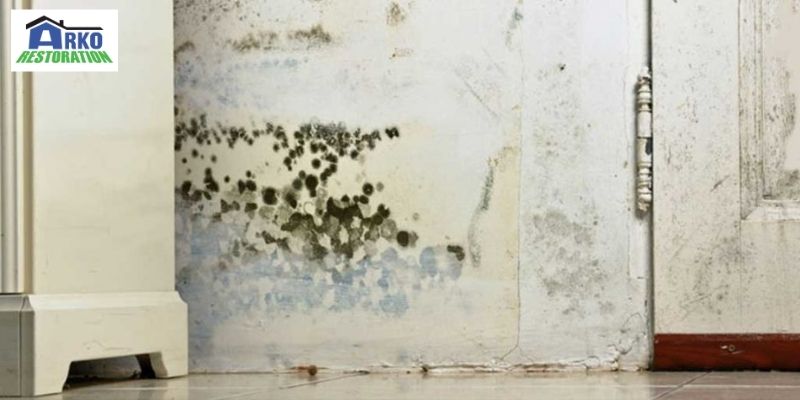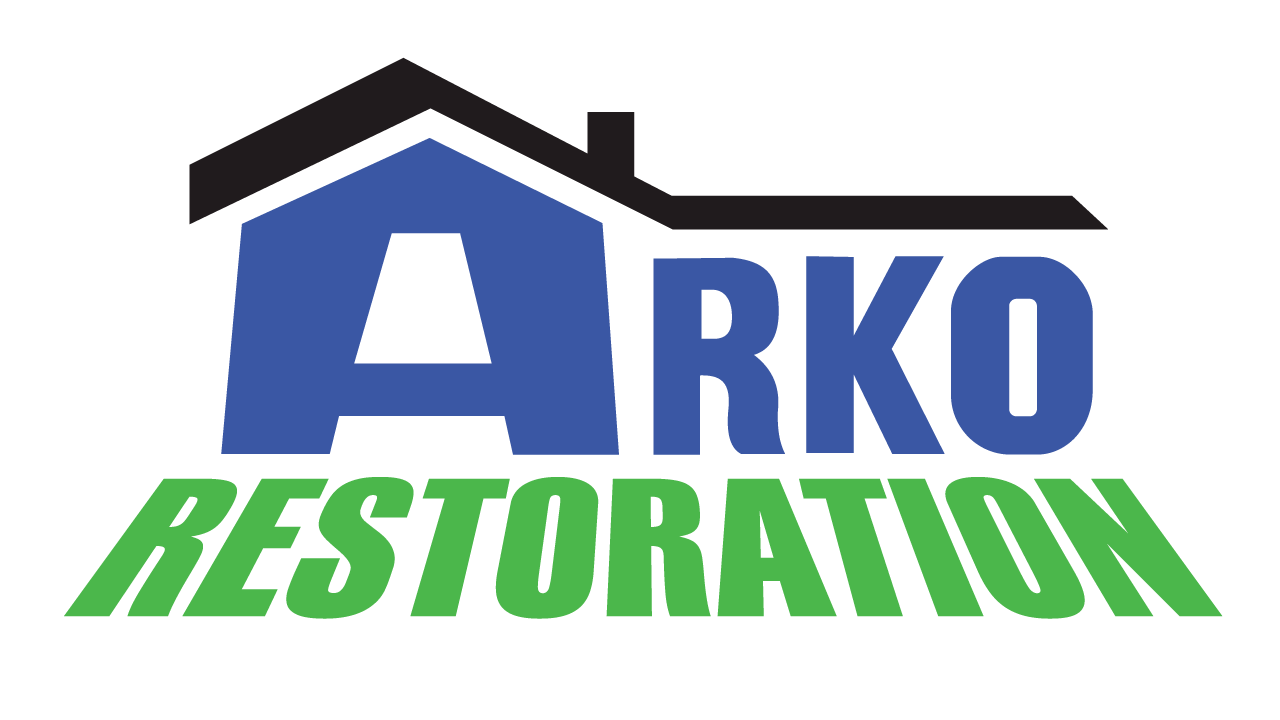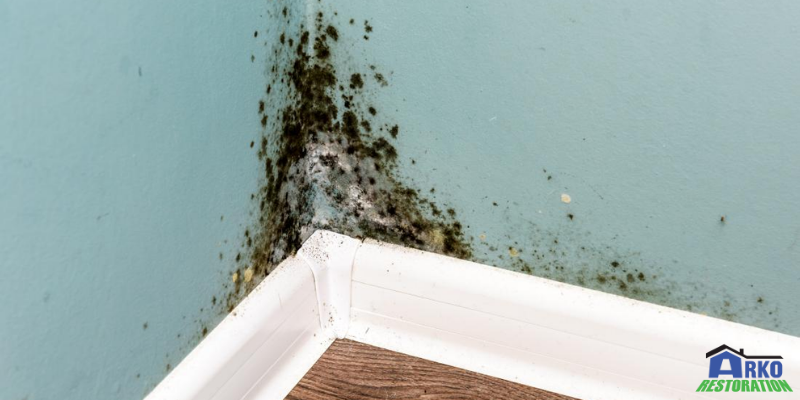Mold and rot are common problems that most homeowners have to deal with sooner or later. It can have adverse effects on your home if left untreated. In addition, it can also be detrimental to your health and that of your family. It is therefore important to educate yourself on this prevalent issue so that you are able to take appropriate steps when the time comes.
What is Mold, and how Does it Grow?
Molds are fungi that grow in the dark, damp, and humid areas of your home. They thrive in moist environments and produce spores that can easily be spread through the air. Molds are usually green or black, but they can also be white, red, or blue. Molds reproduce by releasing spores into the air. They then land on fresh surfaces and begin to grow into new molds.
Mold needs three things to grow: moisture, organic material (such as wood), and oxygen. If these conditions exist for a long period (for example, if there’s been a flood), mold can develop on walls, floors, and other surfaces inside your home — including drywall and insulation materials. They can grow on almost any surface from wood, paper, and carpeting.
What is Rot?

Rot is the slow decay of wood, which can be caused by a number of things like water, moisture, or heat. The damage may be small and localized, or spread to the entire piece of wood. Rot can be identified by its color, structure, and texture.
There are two main types of rot: dry rot and wet rot. Dry rot occurs when there’s excess moisture in the air, and this causes the wood to break down over time. Wet rot occurs when there’s water in contact with wood over long periods. This causes the wood to become weak, which makes it easy for other things like water damage to occur.
How is Rot Different from Mold?
Rot and mold are two of the most common causes of structural failure in homes. Both can cause severe damage to your home and make it uninhabitable. While they are similar in many ways, there are still some key differences between rot and mold.
One of them is the fact that rot is caused by water damage, while mold only grows in damp conditions. Also, mold can be found anywhere there’s water damage, including basements and crawl spaces. On the other hand, rot is usually found in wood that has been exposed to moisture for a long time. Mold also often has an unpleasant smell, but rot usually doesn’t.
How Mold and Rot Damage Your Home
Mold Will Cause Odors
One of the main effects of mold is the unpleasant odor that it produces. If you notice a musty smell in your basement or other areas of your home, this could be a sign of mold growth. The smell is caused by mold spores released into the air. If you notice an odor, look for signs like dark spots on walls, ceilings, or floors, as well as visible mold growth on surfaces.
Mold Can be Visually Unpleasant
While mold can have no color, it is also possible for it to appear black, green, or blue-green depending on the type of mold. Some molds may produce a white powdery substance known as mycelium, which covers the surface of materials infected with mold colonies. Rot can also cause unpleasant stains on your walls and ceilings. This can be visually unappealing and ruins the aesthetic of your home.
Mold and Rot Can Lead to Structural Damage

Mold and rot can cause wood to become weak, which can lead to structural problems in your home.
Mold can weaken a building’s foundation, as well as its walls, ceilings, and floors. In some cases, mold could eat away at the floor joists or subflooring underneath a house. This will cause the house to sink unevenly on one side or another until it’s completely unusable.
Rot can also eat away at wood framing in your home’s walls, beams, and supports. Rotting wood is extremely vulnerable to insect infestation, which makes it even more likely that you’ll suffer severe structural damage when you have an infestation problem in your home.
Mold and Rot Can be Health Hazard
Mold and rot can be a serious health hazard to you and other occupants of your home. Mold produces allergens, irritants, and, in some cases, potentially toxic substances. Rotting wood can release the fungal spores into the air, which can lead to allergic reactions or other adverse health effects.
Rot can Attract Pests and Insects
If rot is not addressed quickly, it may begin to attract other problems, including pests and insects. As wood rots, it becomes soft and porous and will begin to break down. This makes it easier for insects and pests such as termites, carpenter ants, silverfish, and more to nest in the wood and for mold to grow.
Conclusion
Mold and rot can damage your home badly. It is important to know the signs of these problems so that you can check for them and call in specialists if you find any evidence of them.


